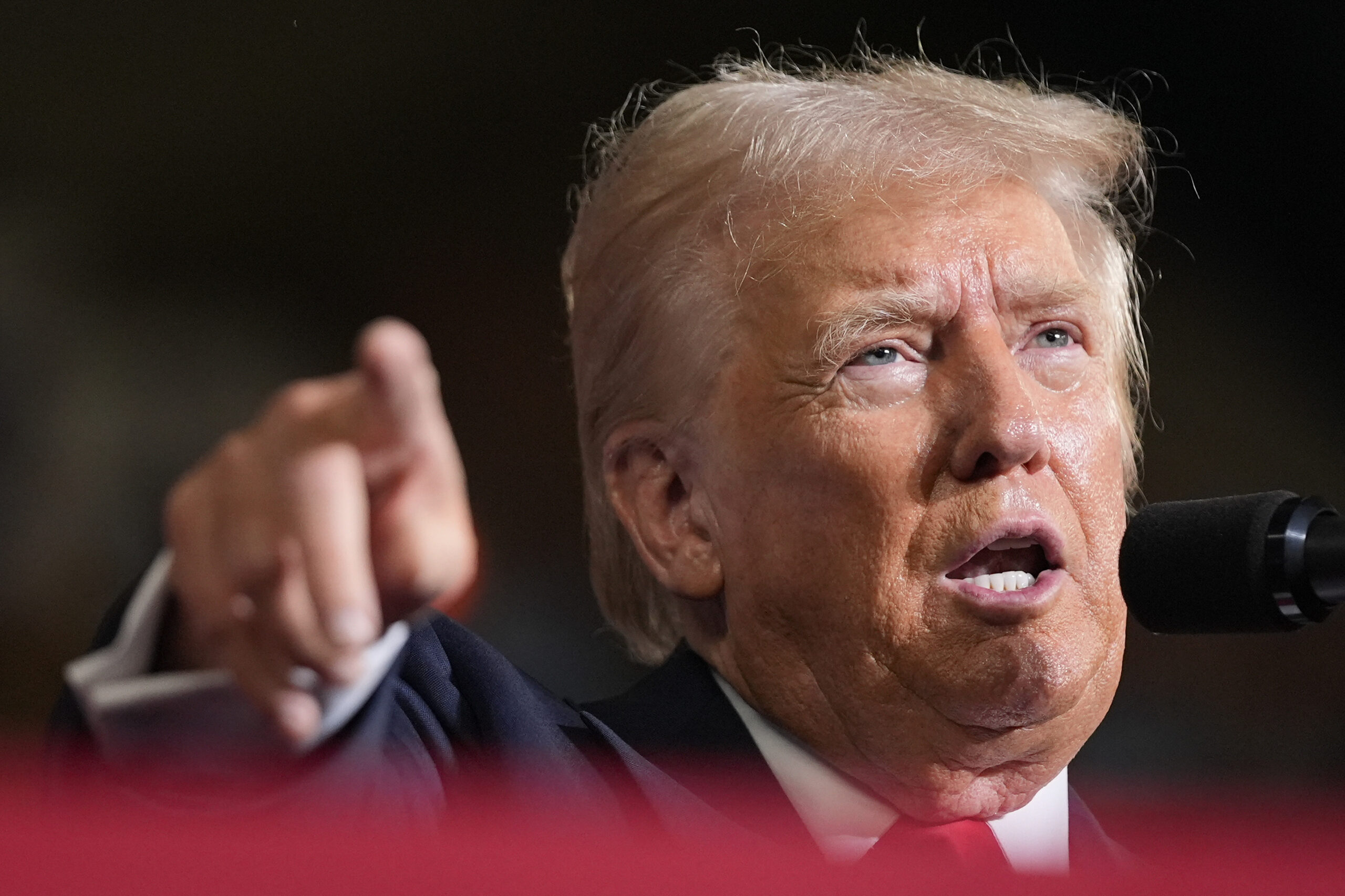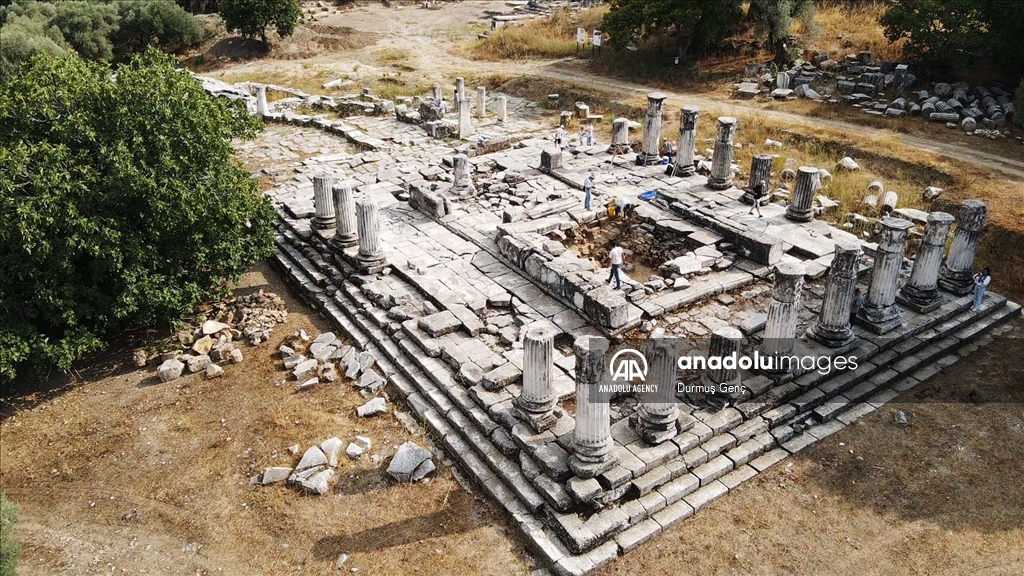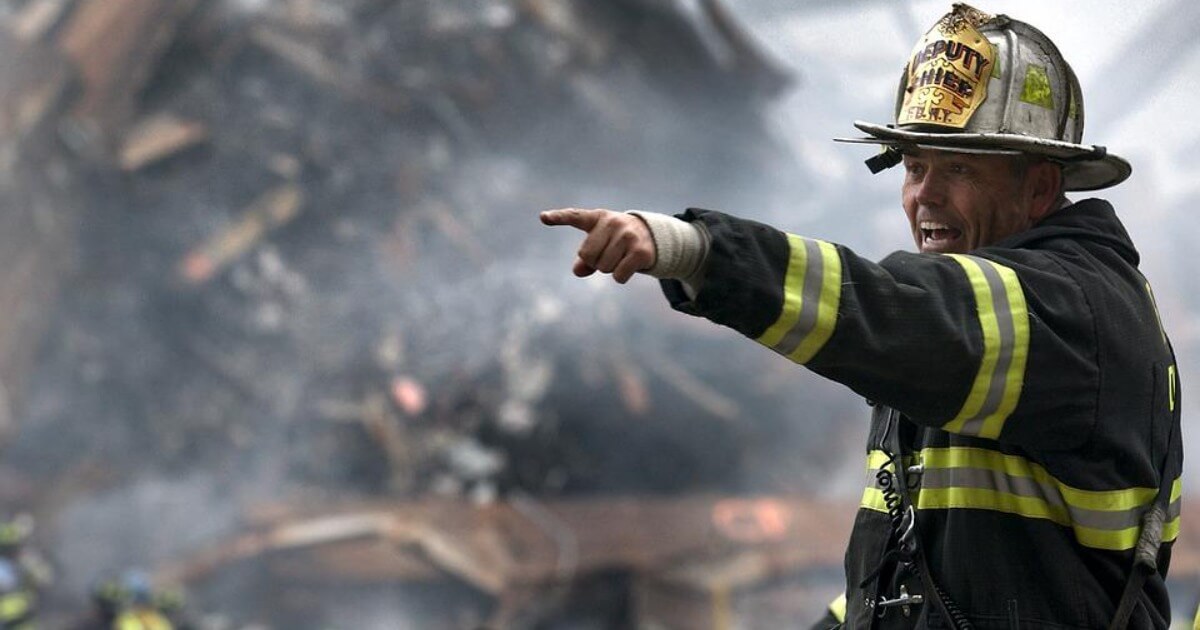US lawmakers stare down government shutdown as funding deal unravels
US lawmakers were set to vote Wednesday on temporary funding to thwart a damaging government shutdown, as a rebellion within the ruling Republicans piled pressure on party leaders racing to keep the lights on just weeks ahead of the presidential election.
Government funding is set to expire at the end of September and Congress will need a stopgap bill — known as a “continuing resolution” (CR) — to keep operations open past the election because the parties are nowhere near agreement on a full-year budget.
Former president Donald Trump has urged Republicans to force a shutdown unless certain demands are met.
That would cause the closure of federal agencies and national parks, limiting public services and furloughing millions of workers without pay just weeks before the election.
Republican House Speaker Mike Johnson plans to call a vote later Wednesday on a six-month extension, punting the shutdown deadline into March, when the next president would be in office.
But he has announced that he intends to pair it with legislation requiring proof of citizenship when registering to vote in federal elections, known as the SAVE Act.
Trump, who dominates the House Republican group and continues to claim falsely that he was cheated by voter fraud in the 2020 election, has lobbied for Johnson to add the measure to the package.
“I would shut down the government in a heartbeat… if they don’t get it in the bill,” Trump told Monica Crowley, a senior Treasury official in his administration, on her podcast.
And he said in a social media post on Tuesday that Republicans should “in no way” agree to a CR if they “don’t get absolute assurances on election security.”
President Joe Biden’s administration — worried about eligible voters being blocked from voter rolls or otherwise deterred — opposes the SAVE Act, noting that noncitizen voting is already illegal and that there is no evidence that undocumented migrants take part in elections.
– ‘Election integrity’ –
Nearly 200 House Democrats already voted against the SAVE Act when it was approved by the House two months ago, in a 221-198 vote.
Johnson does not even appear to have the support of a critical mass of his own side and has said he has no fallback option if the package fails — risking a shutdown at the start of October, less than five weeks before Election Day.
In the Senate, the governing Democrats plan to strip the voting provisions and give Republicans in the House an ultimatum: pass a “clean” CR moving the funding deadline to the end of the year or trigger a government shutdown.
With the election less than two months away, vulnerable Republicans see a government shutdown as disastrous for their reelection prospects.
At least half a dozen lawmakers from all sides of the party have come out against the Johnson proposal, with defense hawks worried about military readiness and fiscal conservatives always against stop-gap funding measures that don’t cut spending.
Republicans can only afford to lose four members on any party-line vote.
The spending fight is Johnson’s last big test before he asks his lawmakers for another two years at the helm.
He has argued that a March funding deadline would allow an incoming president Trump to weigh in on spending if he wins the White House, rather than approving the funding under a lame-duck Biden.
And he says “election integrity” is a unifying issue for voters and Democrats will look out of touch by rejecting the proof-of-citizenship bill.
“If Speaker Johnson drives House Republicans down this highly partisan path, the odds of a shutdown go way up, and Americans will know that the responsibility of a shutdown will be on the House Republicans’ hands,” Senate Majority Leader Chuck Schumer said in a statement Friday.
House Minority Leader Hakeem Jeffries described the Republican proposal as “unserious and unacceptable.”
‘CLOSE IT DOWN!!!’ Trump Tells Republicans to Shut the Government Unless They Get ‘Assurances’ On His Debunked Voter Fraud Claims
Alex GriffingSep 10th, 2024, 
AP Photo/Alex Brandon
Former President Donald Trump posted a message to his fellow Republicans on Tuesday, urging members of his party in Congress to shut down the federal government unless they get “assurances” his roundly debunked claims of voter fraud will not happen.
“If Republicans in the House, and Senate, don’t get absolute assurances on Election Security, THEY SHOULD, IN NO WAY, SHAPE, OR FORM, GO FORWARD WITH A CONTINUING RESOLUTION ON THE BUDGET. THE DEMOCRATS ARE TRYING TO “STUFF” VOTER REGISTRATIONS WITH ILLEGAL ALIENS. DON’T LET IT HAPPEN – CLOSE IT DOWN!!!” Trump posted on his Truth Social account.
Trump has long claimed that the 2020 presidential election was stolen despite countless court cases and audits showing that there was no significant voter fraud that caused him to lose by some seven million votes. Trump and his GOP allies have already begun to claim that the 2024 election will be stolen, further undermining faith in the country’s electoral system – a key tenet of U.S. democracy.
Claims of significant voter fraud have made their way into pro-Trump media and the state of Texas has announced an investigation. Over the weekend Trump promised to use the power of government to jail anyone he suspects of rigging the election, including those donating to Kamala Harris.
“I know, better than most, the rampant Cheating and Skullduggery that has taken place by the Democrats in the 2020 Presidential Election,” Trump wrote on Saturday.
“It was a Disgrace to our Nation! Therefore, the 2024 Election, where Votes have just started being cast, will be under the closest professional scrutiny and, WHEN I WIN, those people that CHEATED will be prosecuted to the fullest extent of the Law, which will include long term prison sentences so that this Depravity of Justice does not happen again,” he added, concluding:
Please beware that this legal exposure extends to Lawyers, Political Operatives, Donors, Illegal Voters, & Corrupt Election Officials. Those involved in unscrupulous behavior will be sought out, caught, and prosecuted at levels, unfortunately, never seen before in our Country.
Republicans in the House are looking to tie passing the SAVE (Safeguard American Voter Eligibility) Act to additional funding to keep the government open. The SAVE Act would require those registering to vote to show proof of citizenship, despite non-citizens already being banned from voting in federal elections and states having verification procedures in place.
The Associated Press reported in May, when the SAVE Act was first introduced, about the prevalence of illegal migrants on voting rolls, writing, “To be clear, there have been cases over the years of noncitizens illegally registering and even casting ballots. But states have mechanisms to catch that. Ohio Secretary of State Frank LaRose recently found 137 suspected noncitizens on the state’s rolls — out of roughly 8 million voters — and is taking action to confirm and remove them, he announced this past week.”

 F
F




